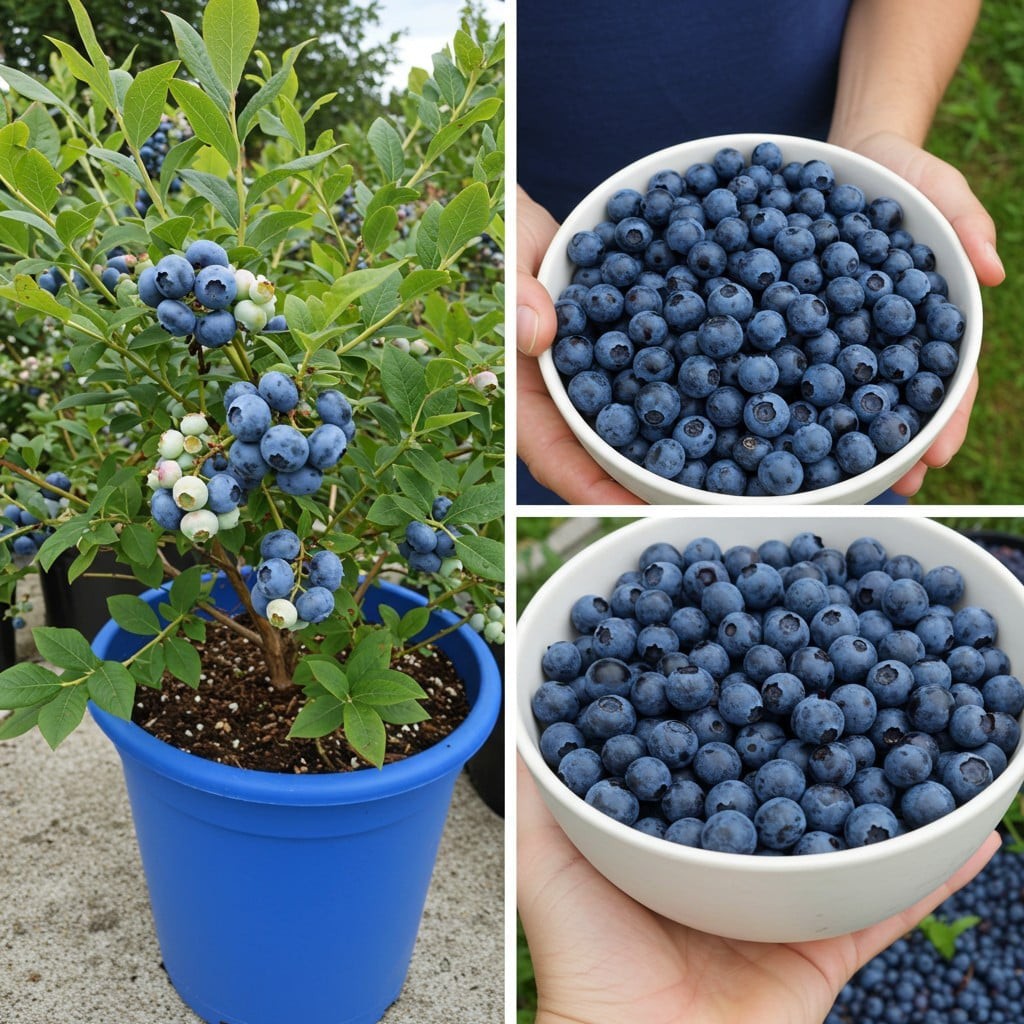Whether you’re a beginner or a seasoned gardener, this guide will show you exactly how to grow a never-ending supply of blueberries in your own space — even if you don’t have a huge yard.
Why Grow Your Own Blueberries?
Economical: Store-bought blueberries are expensive — especially organic.
Nutrient-rich: Blueberries are loaded with antioxidants, vitamin C, vitamin K, and fiber.
Long-living plants: With proper care, a bush can yield fruit for two decades.
Low-maintenance: Once established, blueberry bushes require minimal upkeep.
Beautiful landscape: The plants offer spring blooms, summer fruit, and fiery fall foliage.
Step-by-Step Guide: Growing Endless Blueberrie
1. Choose the Right Variety
There are several types of blueberry bushes. Choose the one that fits your climate and space:
Highbush (Vaccinium corymbosum) – Best for cold to mild climates, large berries.
Rabbiteye (Vaccinium ashei) – Tolerates heat better, great for Southern U.S.
Lowbush (Vaccinium angustifolium) – Cold hardy, low-growing, wild flavor.
Tip: Plant two or more varieties for cross-pollination and higher yields.
2. Pick the Right Spot
Blueberries thrive in:
Full sun (6–8 hours a day)
Acidic soil (pH between 4.5 and 5.5)
Well-drained, moist, organic-rich soil
Test your soil: Use a home pH kit or add peat moss, pine needles, or sulfur to lower soil pH.
3. Planting Your Blueberries
Best time to plant: Early spring or late fall
Spacing:
Highbush: 4–5 feet apart
Rabbiteye: 6 feet apart
Lowbush: 2 feet apart
Steps:
Dig a hole twice as wide as the root ball.
Mix in compost or peat moss.
Plant so the root crown is just below the soil.
Water thoroughly and mulch with pine bark or needles.
4. Watering and Feeding
Blueberries need consistent moisture, especially in the first 2 years.
Water deeply 1–2 inches per week.
Avoid overwatering — they hate soggy roots.
Use organic fertilizers designed for acid-loving plants (e.g., rhododendrons or azaleas).
Pro Tip: Use rainwater to avoid alkaline buildup from tap water.
see next page
ADVERTISEMENT

